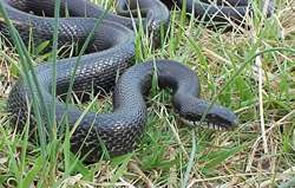
Elaphe obsoleta
Photo by JD Willson
Description: Rat snakes are the most common large snakes encountered by people in most parts of North Carolina. Rat snakes have highly variable color patterns, ranging from solid black in the mountains and Piedmont to yellowish-green with dark stripes in the Coastal Plain. Intermediate color patterns can be found between the Coastal Plain and Piedmont. The young are boldly marked with dark brown blotches on a gray or light brown background. As they age, the blotched pattern changes to the adult color pattern. Rat snakes’ bellies are usually a mixture of white and black markings.
Feeding/Diet: They are very strong constrictors and eat mice and rats. Because they also eat birds and their eggs, including chicken eggs, they are sometimes called “chicken snakes.”
Habitat/Range: Rat snakes are expert climbers and can even climb trees simply by holding onto the rough bark with their belly scales. They are commonly found in and around human dwellings and survive well in established neighborhoods, sometimes turning up in chimneys, attics, and basements.
Reproduction: Rat snakes lay 6–28 eggs during mid summer.
Miscellaneous: In some areas, rat snakes are commonly called “black snakes” and are frequently confused with black racers. However, unlike racers whose scales are smooth, rat snakes have keeled scales. Rat snakes are usually rather docile, but may bite and release foul-smelling musk if picked up or threatened.
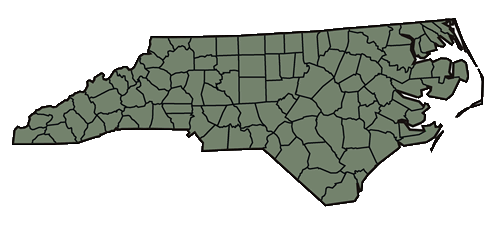
The shaded region represents the range of the rat snake in North Carolina.
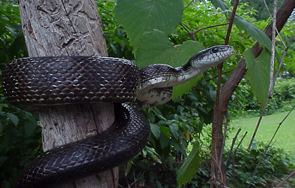
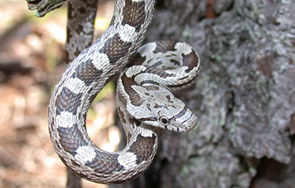
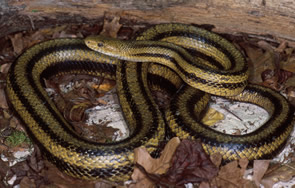
Black rat snake (Elaphe obsoleta obsoleta).
Photo by ME Dorcas
Juvenile rat snake.
Photo
by JD Willson
Yellow rat snake (Elaphe obsoleta quadrivittata).
Photo by Eric Stine
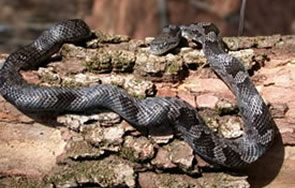
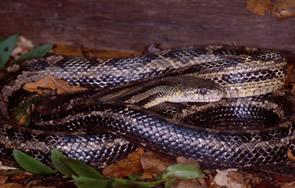
Subadult black rat snake.
Photo by JD Willson
Photo by Eric Stine
This website created by: J. Willson, Y. Kornilev, W. Anderson, G. Connette and E. Eskew.
For comments or questions contact M. Dorcas: midorcas@davidson.edu.
M. Dorcas homepage: http://bio.davidson.edu/dorcas
Davidson College, Davidson, North Carolina 28035-1719.
Text and maps from: Dorcas, M. E. 2004. A Guide to the Snakes of North Carolina. Davidson College - Herpetology Laboratory, Davidson, NC. – Copyright by Michael E. Dorcas.
Partial Funding for this website provided by a Associate Colleges of the South, National Science Foundation, and Duke Energy.
